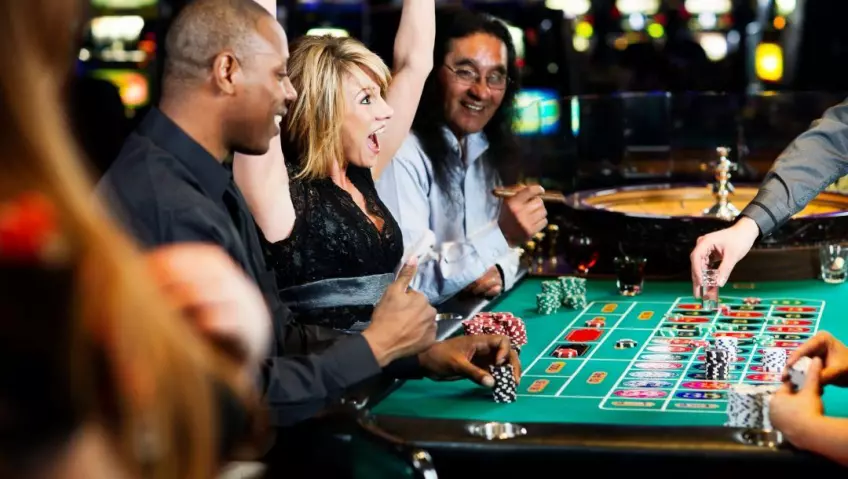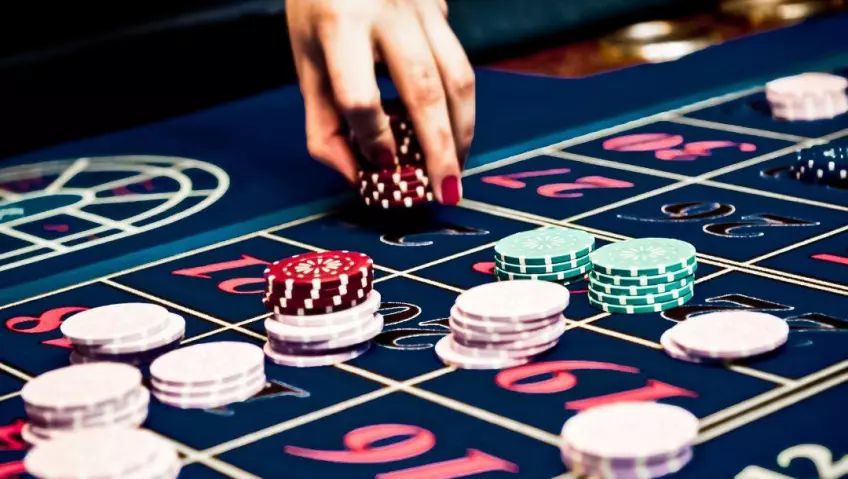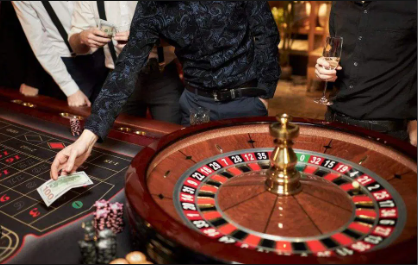Roulette, being a game of chance devoid of guarantees, prompts many players to employ statistical analyses and strategic approaches in making speculative decisions. The belief is that by recognizing long-term result patterns and deriving strategies from data, players can exert a degree of control over the game’s random mechanics.
In contrast to certain online casino games that involve a mix of strategy, skill, and chance, roulette doesn’t fall into that category. Unlike games like blackjack and poker where the house edge can be reduced or victory achieved through bluffing, each spin of the roulette wheel is an independent event with fixed odds immune to influence.
Given that roulette outcomes are grounded in percentages and probability, the effectiveness of any roulette system hinges on various factors like the size of one’s bankroll, risk tolerance, and player mindset. While there are no widely endorsed roulette strategies that guarantee more frequent wins, managing losses prudently is feasible through a combination of realistic speculation and responsible gambling.
The Romanosky roulette system, conceived by Russian roulette expert Igor Romanosky, epitomizes a speculative strategy. This system relies on strategic bet placement to mitigate losses, essentially aiming for loss prevention by spreading wagers across broad sections of numbers. Although it’s impossible to eliminate risk entirely, the goal is to achieve the highest possible probability of winning.
The functioning of the Romanosky System

Excluding the green-zero pockets, a standard roulette table comprises 36 numbers. The Romanosky system encompasses 32 of these numbers through six possible combinations. Each combination involves two Dozens columns and two non-overlapping corners, guaranteeing the coverage of the middle column of the table.
Rather than placing bets on individual numbers, the strategy involves six group bets with -641 odds of winning on European wheels and -533 winning odds on American wheels. There are three potential outcomes: winning one of the corners, winning one of the columns, or losing the bet.
To turn a profit, you must achieve eight consecutive wins, while a single loss results in a setback of seven out of eight betting units. Although the odds of winning are relatively high with this system, it’s important to note that payouts remain constant. For instance, a $5 bet will yield $5 in winnings. The system isn’t designed for profitability; instead, it serves as a method of loss management, offering complete control over your bankroll.
In the realm of casino entertainment, mastering money management is essential. While the best roulette systems don’t ensure guaranteed win rates, they do facilitate the long-term management of losses. The Romanosky system, despite leading to gradual losses over time, provides an efficient means of overseeing your bankroll.
Selecting the Appropriate Strategy

Is the utilization of the Romanosky System justified? The answer is both yes and no, contingent upon the individual. It hinges on your financial priorities – are you aiming to maximize every dollar, or is your play more oriented toward recreational enjoyment with hopes of luck favoring you? Does the thrill of high-risk maneuvers appeal to you, or do you prefer a more conservative approach?
For those concerned about potential substantial losses, struggling to monitor their win/loss ratio, or those eager to experiment with different strategies, the Romanosky system can prove advantageous. The system’s capability to cover a significant portion of the roulette table is a notable advantage, although it’s crucial to recognize that a substantial bankroll is necessary to fully capitalize on the system.
In the short term, the Romanosky system may provide an advantage at the roulette table. However, over an extended period, the results indicate a gradual yet consistent depletion of funds. This underscores the inherent nature of chance-based games with a house edge – irrespective of the system employed, players are perpetually at a disadvantage against the house.
While the Romanosky system boasts an initial winning chance of over 80%, this statistic must be weighed against the risk of potential losses. The question becomes: how much are you willing to lose before securing a significant win? It becomes a test of endurance, where your ability to withstand losses is directly proportional to the extent of potential losses you can bear. The right strategy and system align with your strengths, offering insights to circumvent unnecessary losses.
Astute strategists aim to minimize risks and alleviate losses through a meticulous analysis of odds and probability. Similar to online slots, no system can guarantee consistent wins, but with a judicious strategy, you can optimize your bets and engage in responsible gambling. Prior to implementing any system, consider your tolerance for risk and acknowledge that losses are an inherent part of the gaming experience.


